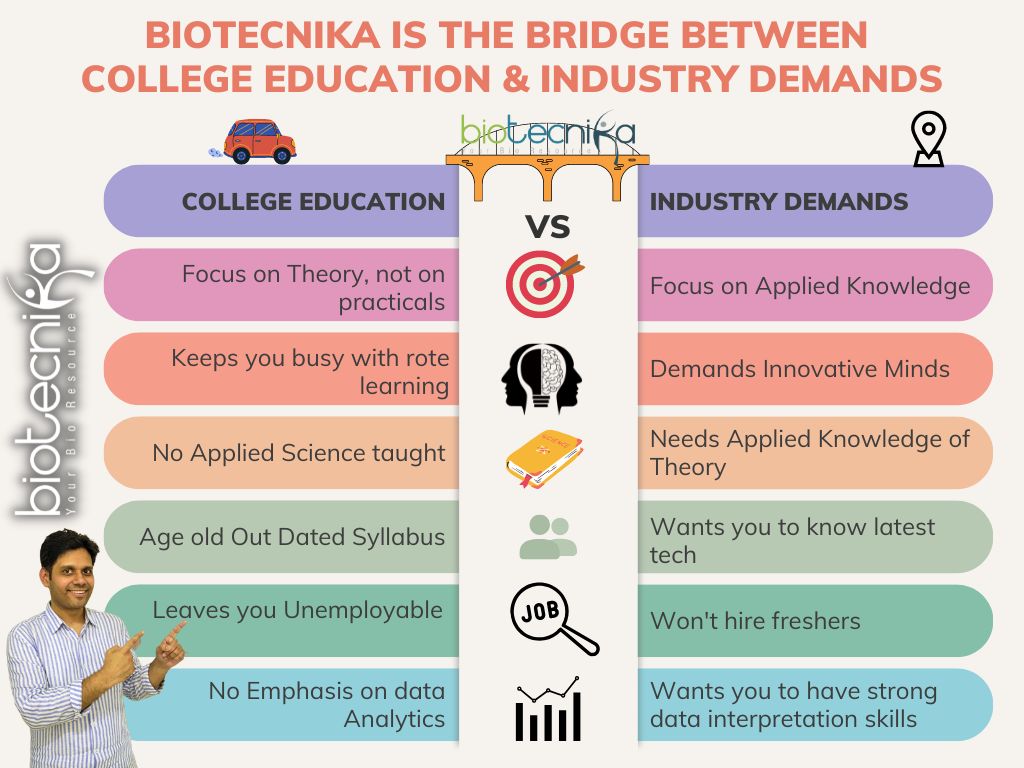5 Easy Facts About Bioinformatics Tutor Described
5 Easy Facts About Bioinformatics Tutor Described
Blog Article
The Best Guide To Bioinformatics Tutor
Table of ContentsWhat Does Bioinformatics Tutor Do?Indicators on Bioinformatics Tutor You Should KnowBioinformatics Tutor Fundamentals ExplainedBioinformatics Tutor Can Be Fun For AnyoneThe Main Principles Of Bioinformatics Tutor
Of the total amount participants entailed in the training, 80% were pupils from public college institutions, while the remaining 20% came from exclusive establishments. To receive a certificate of involvement, trainees were required to go to at least 90% of the complete training hours. As an outcome of this demand, a remarkable 95% of the individuals effectively acquired their certificates, having not just satisfied the minimum attendance standards yet additionally finished all assigned tasks throughout the training.
Throughout the elevation of the COVID-19 pandemic, particularly in between June and August 2020, the job team was charged with organizing specialized training in bioinformatics. This training was especially focused on pupils from the study team Nucleus for Study in Applied Computer at the Federal College of Pará (UFRA) The adaptation to remote understanding systems because of the pandemic produced a possibility to explore new mentor methods and digital tools that boosted both reach and efficiency.
To react to the growing need in the computer and life scientific researches areas, a sophisticated program was presented in 2020 entitled Intro to Artificial intelligence. This program was created to supply an obtainable yet thorough review of Artificial Knowledge methods, especially as applied in bioinformatics. The program was executed over 3 months, from October to December 2020, and was supplied completely online through the Google Meet system. This online style enabled engagement from trainees across Brazil, a lot of whom may not have had the opportunity to participate in in-person sessions.
Not known Details About Bioinformatics Tutor
About 50% of the total training hours were dedicated to useful activities where trainees developed smart models and applications in a range of scientific domains, including genes, molecular biology, and ecological information evaluation. These systems made it possible for pupils to involve in real-time information control, design training, and algorithm testing.
Sixty of them were affiliated with various greater education and learning organizations in the state of Pará, while the remaining twenty came from establishments found in five various other Brazilian states. By introducing Artificial Intelligence in a relevant and sensible context, the effort served to link the gap in between concept and real-world application, offering pupils with a strong foundation for future study or work in the field.
The training initiative created component of a wider academic outreach initiative referred to as the Bioinformatics when driving task. This job has, throughout the years, introduced dozens of pupils to the globe of bioinformatics and computational biology. The occasions held under this umbrella initiative have taken area across several areas and years, as summarized in Table 1 (Listing of occasions, places, years, and complete varieties of trainees and teachers)
One of one of the most impressive results of the Bioinformatics on the Roadway initiative has actually been its payment to the growth sites of decentralized research study teams. Several of these teams, originally brought together by their engagement in training events, have given that gone on to produce independent scientific study in collaboration with regional scholastic establishments. The training not only promoted clinical thinking within the context of bioinformatics but likewise stimulated collaborative connections that expanded beyond the training atmosphere. These partnerships have resulted in raised local scientific efficiency and contributed meaningfully to the advancement of the more comprehensive bioinformatics area in Brazil.
7 Simple Techniques For Bioinformatics Tutor
The task itself was conceived and arranged by MB and RR, who oversaw the preparation and application of each action. Lectures were provided by a multidisciplinary team containing megabytes, FA, EF, KP, JS, DM, SN, LP, LG, IH, ac, and rr. The very same team, omitting IH and RR, additionally functioned as tutors for the useful training components. Funding for the task was supplied through the give 88887.200562/ 2018-00 from CAPES. The authors prolong their appreciation to every person who added to the awareness of this task, whether directly or indirectly, given that its creation.
The Federal University of Pará's Workplace of Research study (PROPESP/UFPA) additionally supplied financial backing, especially for the production of the last manuscript. The authors proclaim no industrial or financial conflicts of rate of interest that might have influenced the research study. Additionally, all point of views and interpretations expressed in this short article are only those of the writers and do not necessarily show those of their particular establishments, the publisher, editors, or reviewers included in the magazine procedure.

The Single Strategy To Use For Bioinformatics Tutor
From a pedagogical perspective, the teaching technique made use of in the training was purposefully interactive. Courses were performed in a manner that encouraged trainee participation and discussion, exceeding memorizing memorization to explore just how concepts are created, used in life, and evaluated in academic settings. The educational philosophy focused on supporting both solid and struggling students, supplying customized support, and building self-confidence via continual mentorship and persistence.

Each team, including around 36 participants, was supported by three advisors-- a lot of whom were postdoctoral scientists with customized proficiency. These mentors not just assisted develop the group tasks yet likewise facilitated their implementation, making certain that each research study concern was both properly challenging and official site pertinent. The objective was to offer a naturally sensible context that participants could discover with flexible goals and access to curated datasets.
For added insights into the technique and results of this project-based knowing strategy, visitors are directed to S1 Text, which consists of in-depth descriptions of the instructional framework, analysis methods, and project themes utilized in the training sessions.
All about Bioinformatics Tutor
Of the overall participants included in the training, 80% were trainees from public greater education institutions, while the continuing to be 20% came from private institutions. To qualify for a certification of involvement, pupils were called for to attend at the very least 90% of the total training hours. Especially, beyond the students that signed up in the training sessions, 7 skilled instructors took part in delivering the courses, while three committed research study professors coordinated the general training procedure. Approximately 50% of the overall training hours were dedicated to sensible tasks where students constructed smart models and applications in a variety of clinical domains, consisting of genes, molecular biology, and environmental data evaluation. The training not just promoted scientific reasoning within the context of bioinformatics yet additionally stimulated collaborative relationships that expanded beyond the training setting.
Report this page